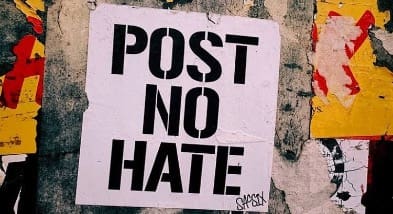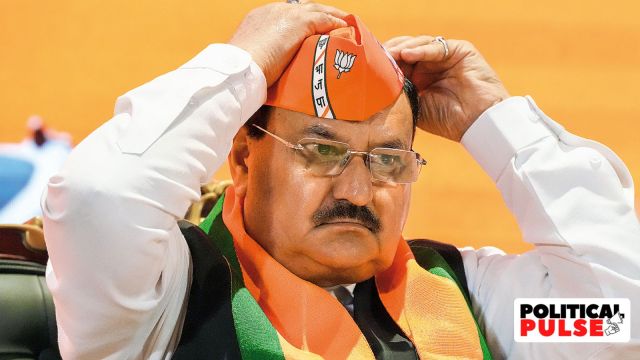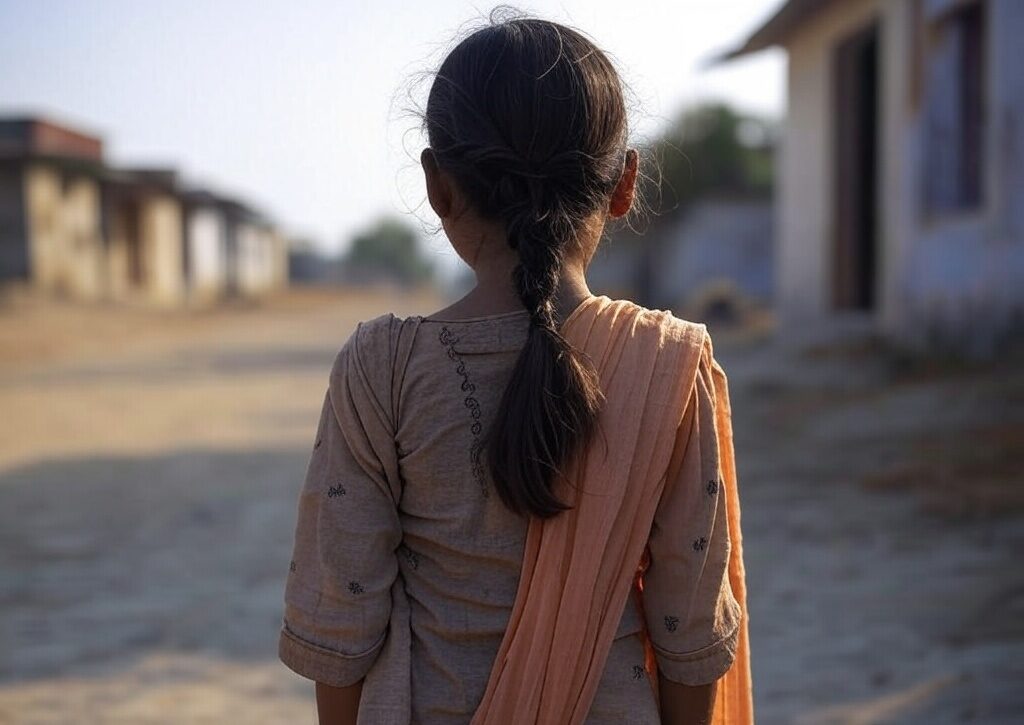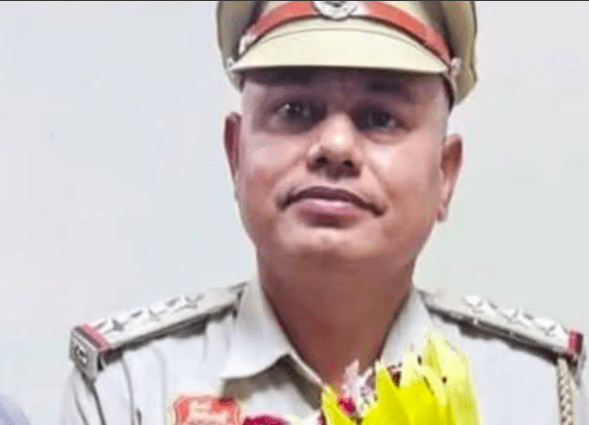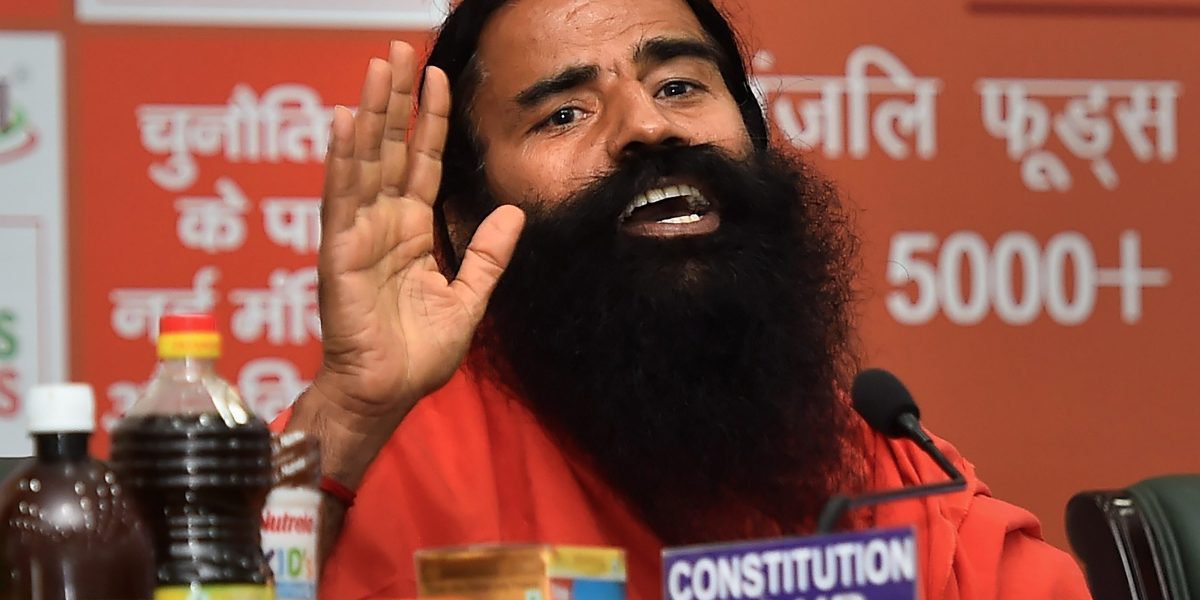Change may be far off but it can be smelt. No, I am not speaking of the upcoming elections in five states or their likely results. I am only pointing to what looks like a fresh and vigorous defense of an India of equality. This vocal justification of equality contrasts with the vision that has been pushed on us in recent years: a vast Hindu majority riding proudly and deservedly towards glory on the backs, suitably tired and bent, of minorities whose forebears, it is alleged, humiliated the majority’s forebears a few centuries ago.
Punjab, which bore the brunt on both sides of the border, of the more recent 1947 horrors, seems to be showing the heartening new way. Asked on January 31 “whether a Hindu can be Chief Minister of Punjab”, Akali leader Sukhbir Singh Badal replied: “Anybody can be Chief Minister, he has to be competent and have leadership qualities. Why should there be a difference between Hindus, Sikhs or Muslims?”
Emerging from Badal’s words, this unexpected picture, even if only in theory, of a possible future Muslim Chief Minister of India’s Punjab was preceded by a very real image: the widely-seen and much-loved video which showed two elderly Muslim brothers, separated in boyhood in 1947, reuniting now, thanks to the visa-free Kartarpur corridor.
The video was first posted by Punjabi Lehar, a YouTube channel that helped in reuniting these two brothers, 84-year-old Saddique Khan from Pakistan’s Punjab and his brother from Indian Punjab, Habib (or “Sikka”) Khan. The Pakistani individual who runs Punjabi Lehar, Nasir Dhillon, tells PTI that the channel, which has apparently attracted lakhs of subscribers, aims “to bridge a gap between the peoples of East and West Punjab, created by Partition”.
I am sure I am not the only one who thinks that Guru Nanak must be blessing this remarkable process of coming together, just as he seemed to bless the astonishing and amazingly successful protest that tested our farmers’ endurance to the limits and beyond. The apparent refusal of western UP’s Jats to swallow the hate pill they’ve once more been offered seems to be part of this development.
In my reading, minds were cleared by the so-called Dharam Sansad of Haridwar – or Hardwar, as many pronounce and spell it. The genocidal language employed in the gathering’s call to eliminate India’s minorities, as also the desire expressed there to kill Mahatma Gandhi all over again, seems to have offended nine Indians out of ten.
Speculating in an earlier column about the attitude to Prime Minister Modi of the organizers of that so-called Dharam Sansad, I had suggested that in all likelihood they were his enemies. This is a view I continue to hold, but there is no doubt that Mr. Modi’s obstinate refusal to condemn the vitriol that was sprayed from Haridwar has not only hurt his image, but has also reminded Indians that accepting compatriots is better than wanting them to disappear.
It is safe to assume that Haridwar’s hate speeches, and New Delhi’s silence regarding them, were strong factors in the concern about Indian democracy that was openly expressed by leading figures of the U.S. Congress during a briefing that marked our Republic Day. Senator Ed Markey, a Democrat, said that his country would “continue to speak up” when “a fellow democracy” was “unable to protect” all of its people, while Congressman Jim McGovern, who chairs a bipartisan human rights commission of the House of Representatives, said he was uneasy about India “linking citizenship to religious identity”.
Within India, the installation of a Subhas Bose hologram under the India Gate canopy that once shielded George V, and Mr. Modi’s promise that a magnificent statue will ere long replace the hologram, has elicited some praise for the alleged ability of Hindutva forces to “appropriate” Netaji Subhas Chandra Bose the way they earlier “appropriated” (so it is said) Sardar Vallabhbhai Patel and Babasaheb Bhimrao Ambedkar.
I see the picture differently. Neither Patel nor Ambedkar nor Bose (to name them in the order of their birth) can be displayed to India’s millions without also drawing attention to what they stood for. Many have drawn attention to Netaji’s love of Urdu names and his closeness to a band of Muslim officers in the Azad Hind Fauj, but these were only the outer expression of his uncompromising, not to say fierce, commitment to an India of equality for all, and friendship and respect among all. Which means that Hindutva can never digest Subhas Bose. When we honour Netaji, we simultaneously reject Hindutva.
As for Ambedkar and Patel, their positions on a Hindu Rashtra were also clear and candid. In his book, Thoughts of Pakistan, Ambedkar wrote: “If Hindu Raj does become a fact, it will no doubt be the greatest calamity for this country.” In December 1948, Patel declared in Jaipur that the Congress and the government of which he was the Deputy Prime Minister were determined “to make India a truly secular state”.
The intention may well have been to highlight critics and supposed rivals of the two men that Hindutva loves to hate, namely Gandhi and Nehru. In fact, comradeship easily trumped conflict in the relationships that Gandhi and Nehru had with Ambedkar, Bose and Patel. Moreover, intentions do not determine consequences. Reminding Indians in 2022 of the lives and thoughts of Bose, Ambedkar and Patel would only strengthen those who are striving to preserve India as a nation for everyone.
Something else seems to be happening in India about which there can be no disagreement whatsoever: the eruption of anger at galloping unemployment. Those closely following online platforms in different parts of the land seem to notice that accompanying this eruption is a growing willingness in reporters to overcome obstacles and circulate news of distress. This seems matched by a growing willingness in politicians across India to speak out against the ruling dispensation.
The “80 against 20” formula might yet work in some electoral contests. Or it might not. In either event, signs suggest that splitting the Indian population from one another, and pointing to one segment as the source of all problems, is a policy now facing the law of diminishing appeal.
This story first appeared on ndtv.com


